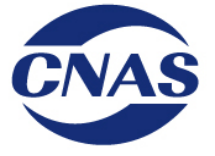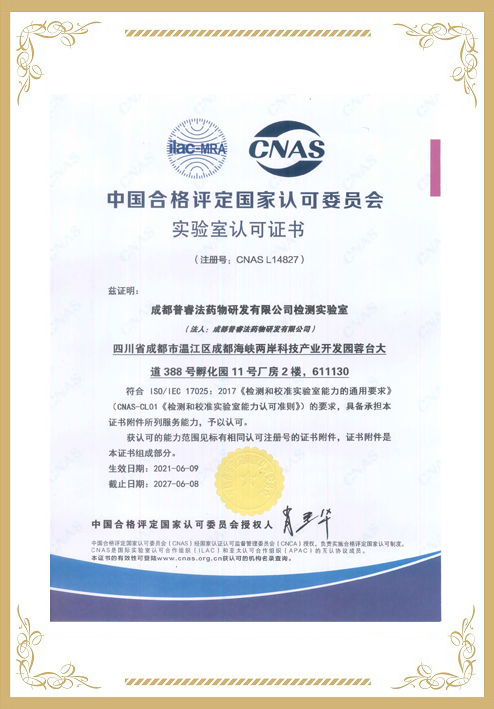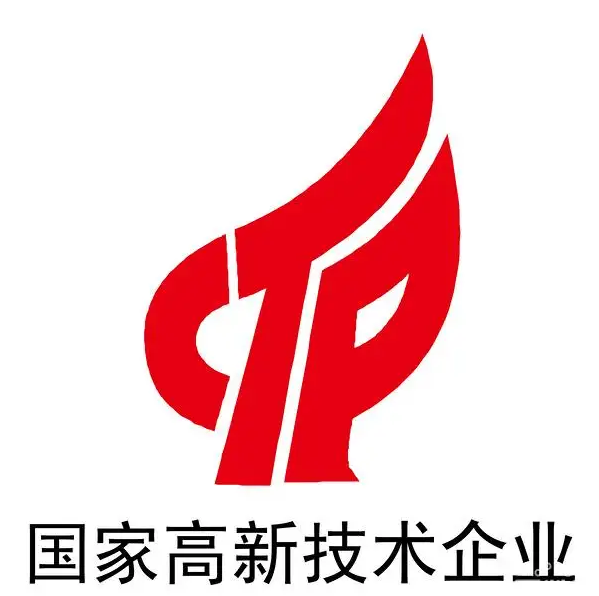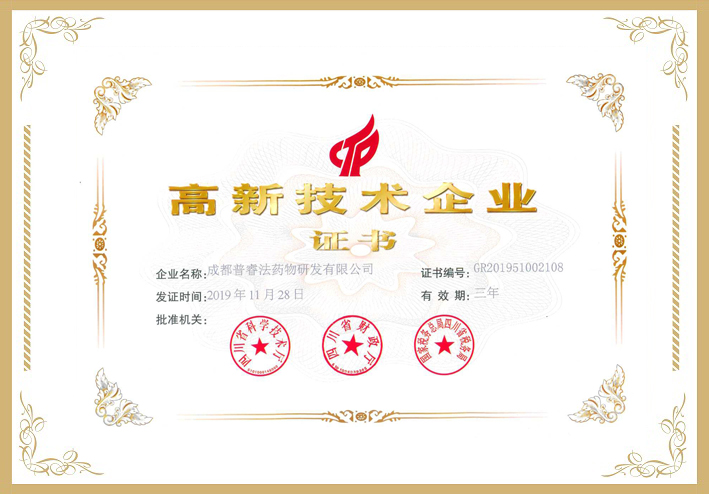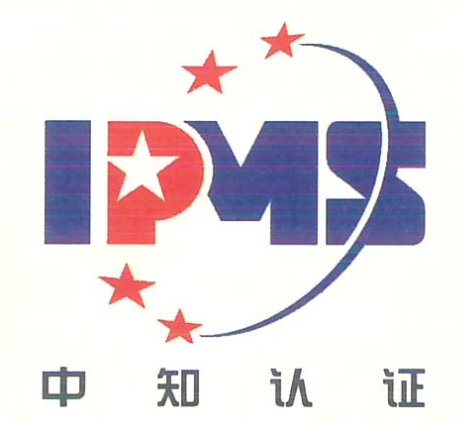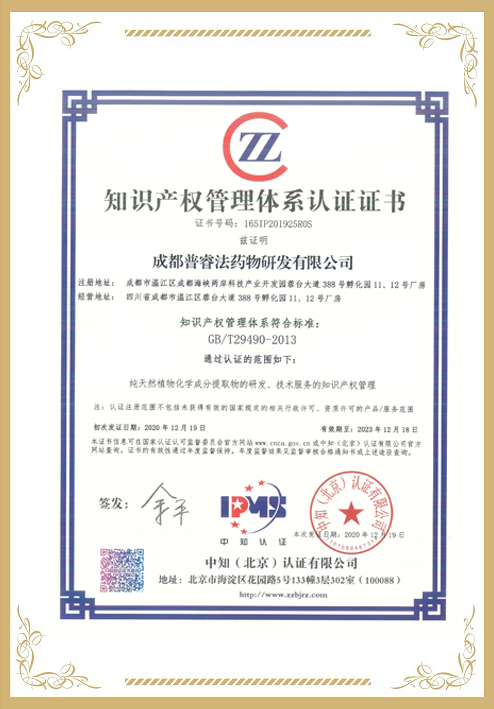Background
Dihydrotestosterone-induced androgen receptor activation and nuclear translocation was identified as the key event in androgen alopecia, which led to dermal papilla cell damage and hair growth cycle arrest. Inhibiting androgen receptor activation or nuclear translocation thus represents a potential therapeutic strategy for reducing dermal papilla cell damage and treating androgen alopecia.
Purpose
To evaluate the effects of obacunone androgen alopecia and explore the potential underlying mechanisms.
Methods
The effects of obacunone on androgen receptor activation and changes in the properties of dermal papilla cells were investigated. Meanwhile, the effects of obacunone on transforming growth factor-β-induced hair follicle stem cell damage and on androgen alopecia mice induced by dihydrotestosterone were evaluated.
Results
Obacunone can competitively bind to androgen receptors with dihydrotestosterone, thereby alleviating the androgen receptor dimerization and nuclear translocation. The negative effects of dihydrotestosterone on dermal papilla cell apoptosis, senescence, and cycle arrest were alleviated by obacunone. Obacunone also counteracted the proliferation and apoptosis of transforming growth factor-β-mediated hair follicle stem cells. In mice with androgen alopecia, treatment with obacunone promoted mice hair growth and inhibited TGF-β/smad signaling.
Conclusion
Thus, inhibiting androgen receptor dimerization was found to be an effective strategy for alleviating androgen alopecia. Obacunone follows a novel mechanism and holds potential as a drug candidate for androgen alopecia through inhibition of the dimerization of the androgen receptor. This targeting strategy may provide a new avenue for the development of new drugs different from the existing therapeutic approaches.
















